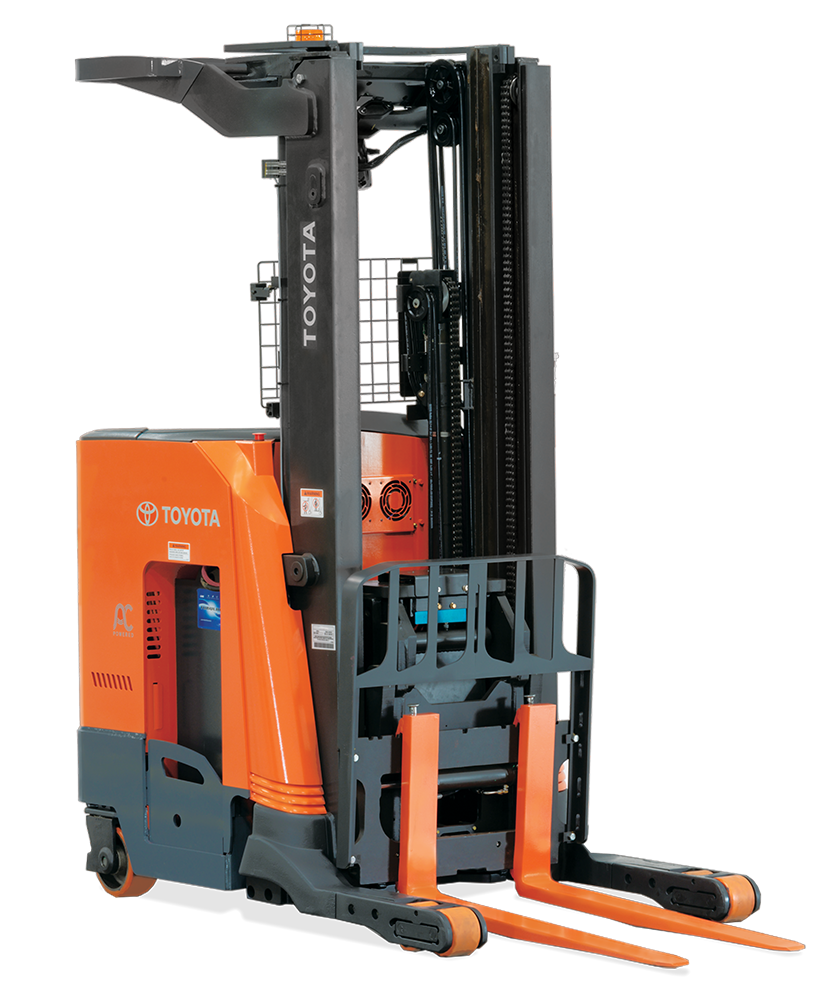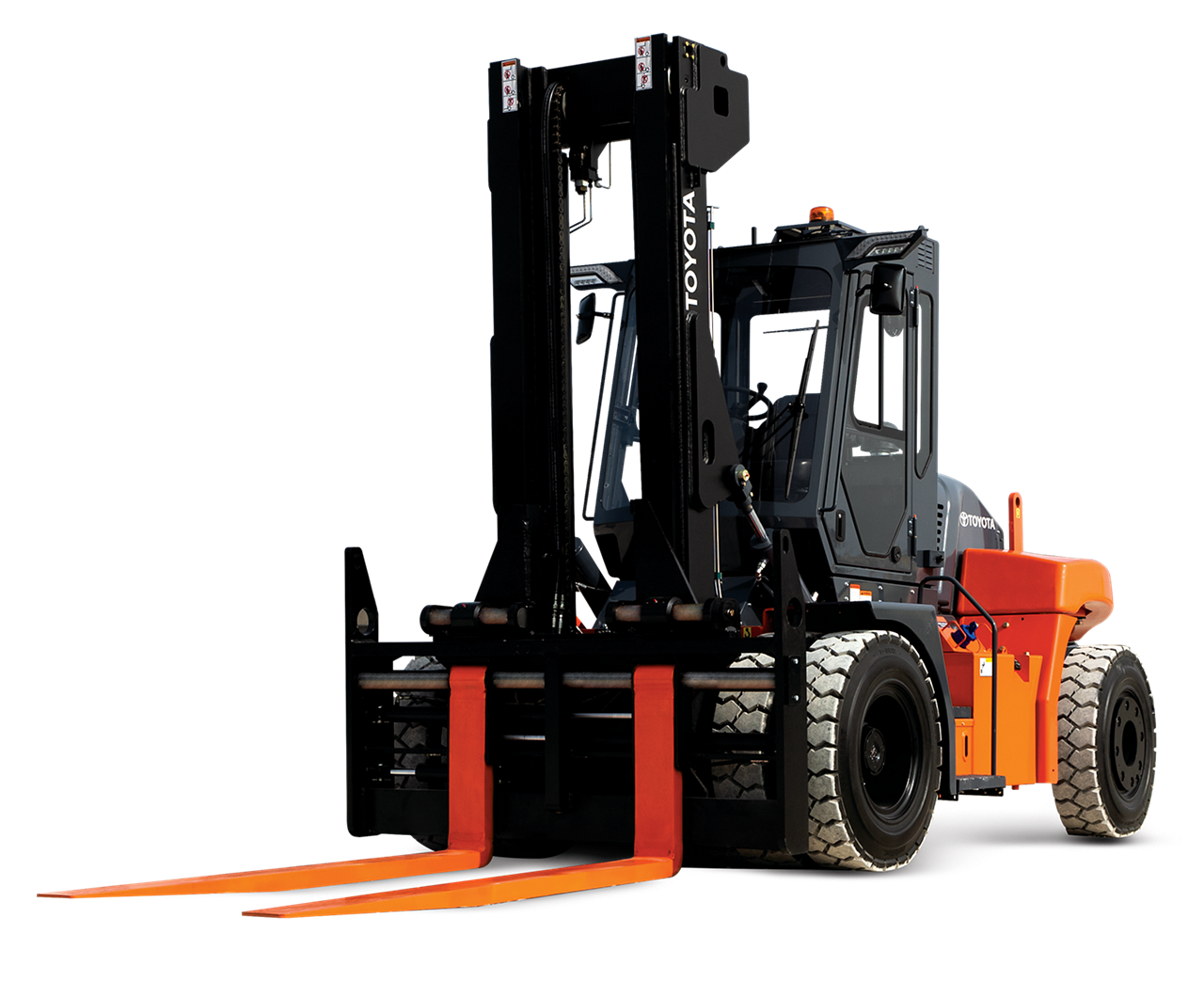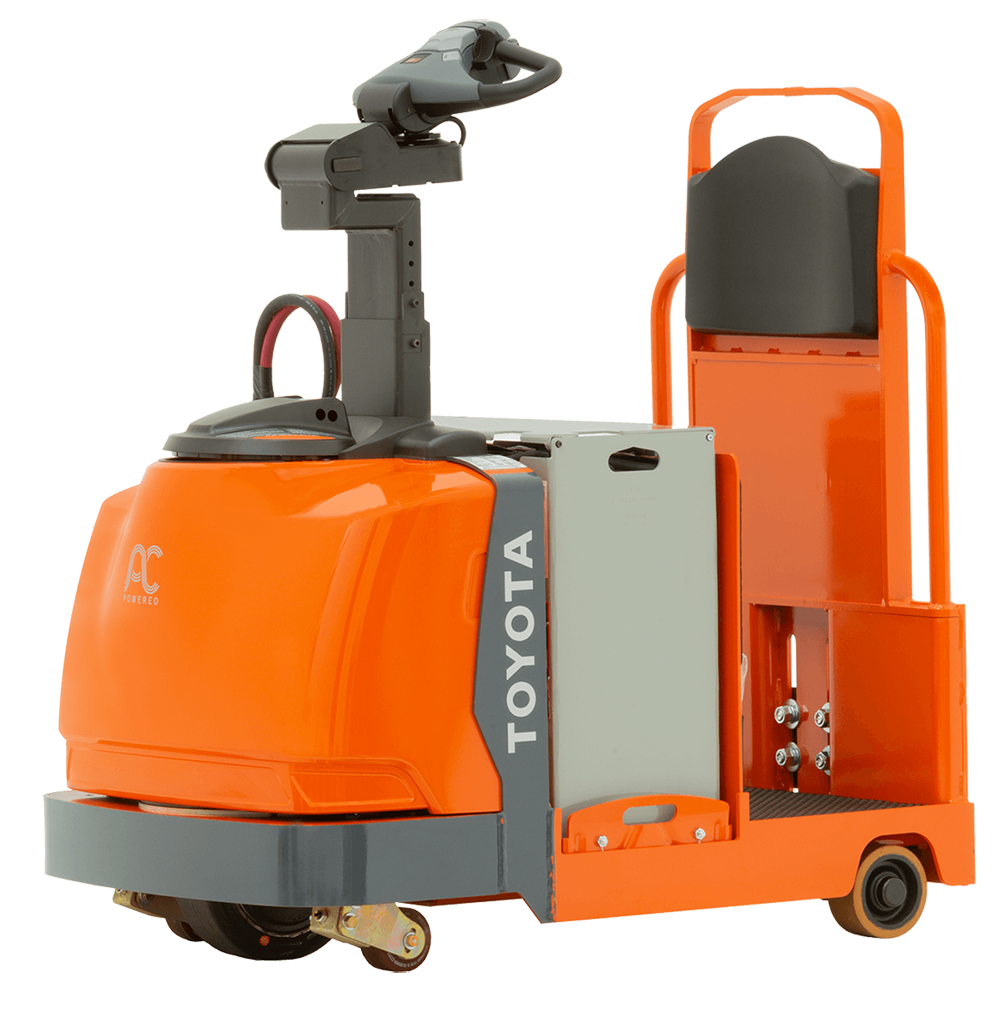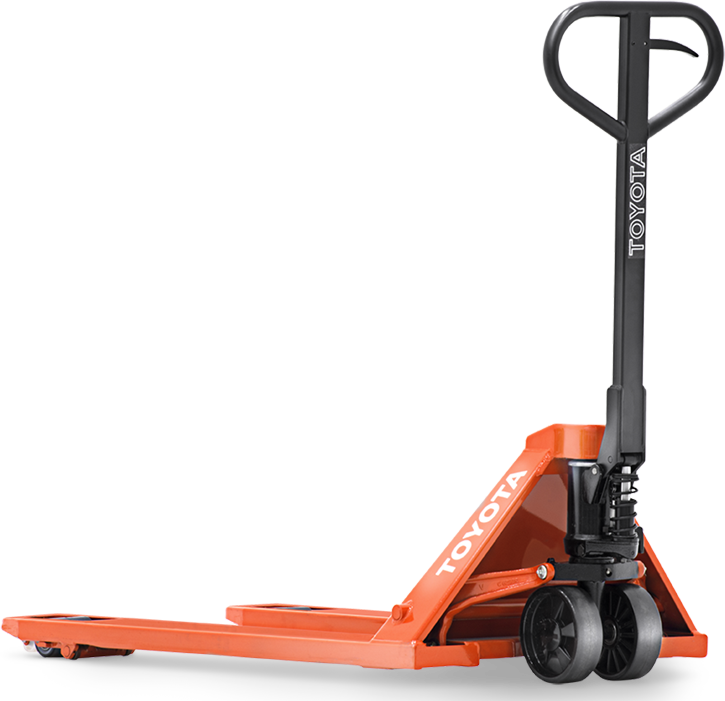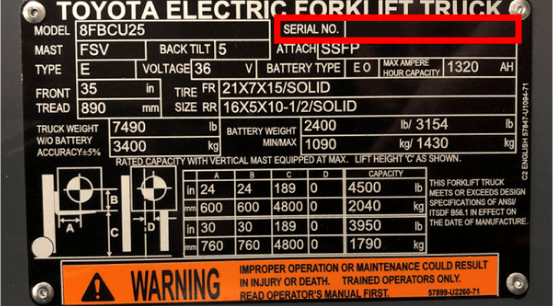Please click below to sign in to your MyToyota account
Assessing Forklift Charging Methods

Depending on what type of operation you run, as well as how many shifts your forklifts are working, you may utilize different charging methods. Selecting the correct charging method can have a major impact on your ROI, and selecting the wrong charging method is often one of the primary reasons that operations don’t realize the return they want from their electric forklifts.
Use this guide to help you explore common methods of forklift battery charging and work with a material handling solutions provider like your authorized Toyota dealer to make the best decision for your operations.
What is Conventional Forklift Battery Charging?
Conventional forklift battery charging is a battery is put it on its charger at the end of a shift and resumes use in the truck when the batter if fully charged. Conventional charging works best for companies that are running a one-shift operation. The downside to this charging method is that adding shifts requires additional batteries for each forklift. Once the first shift is finished, you will need to have a driver/staff take out the battery and replace it with the new one before the next shift can start. This will decrease the amount of time operators are driving the forklift, and subsequently decrease your productivity.
Conventional Forklift Battery Charging Works Best For One-Shift Operations
What is Fast Forklift Battery Charging?
Fast forklift battery charging is partially charging your forklift’s battery in a matter of 10-20 minutes, usually during breaks or between shifts. One benefit of this method is that you do not need a great deal of space for extra battery storage – you are using the same battery and charging more frequently. The downside to fast charging is that it is extremely hard on the battery, impacting the battery warranty, and giving the battery a shorter life. The fast charging method is best used by continuous-use operations since they need to keep forklifts moving as frequently as possible. The less time it takes to charge, the more time the forklift can be in operation. Note that fast charge operations need one night per week to fully charge the trucks and equalize the battery. This is typically completed over the weekend.
Fast Forklift Battery Charging Works Best For Continuous-Use Operations
What is Forklift Battery Opportunity Charging?
Opportunity charging is similar to fast charging and takes advantage of breaks and shift changes to charge the forklift. The biggest difference between opportunity and fast charging is the start rate of the chargers. The start rate of opportunity charging is between 21-30 amps per 100 AH, while fast charging is 31-60 amps per 100 AH. Opportunity charging will also require different chargers than conventional or fast methods. If you use a conventional or fast charger, attempting to opportunity charge may damage the battery and decrease its life.
Opportunity Forklift Battery Charging Works Best For Multi-Shift Operations
For more information or assistance assessing forklift charging methods, contact a locally authorized Toyota dealer today!




